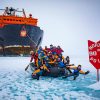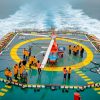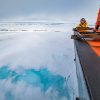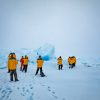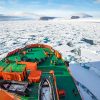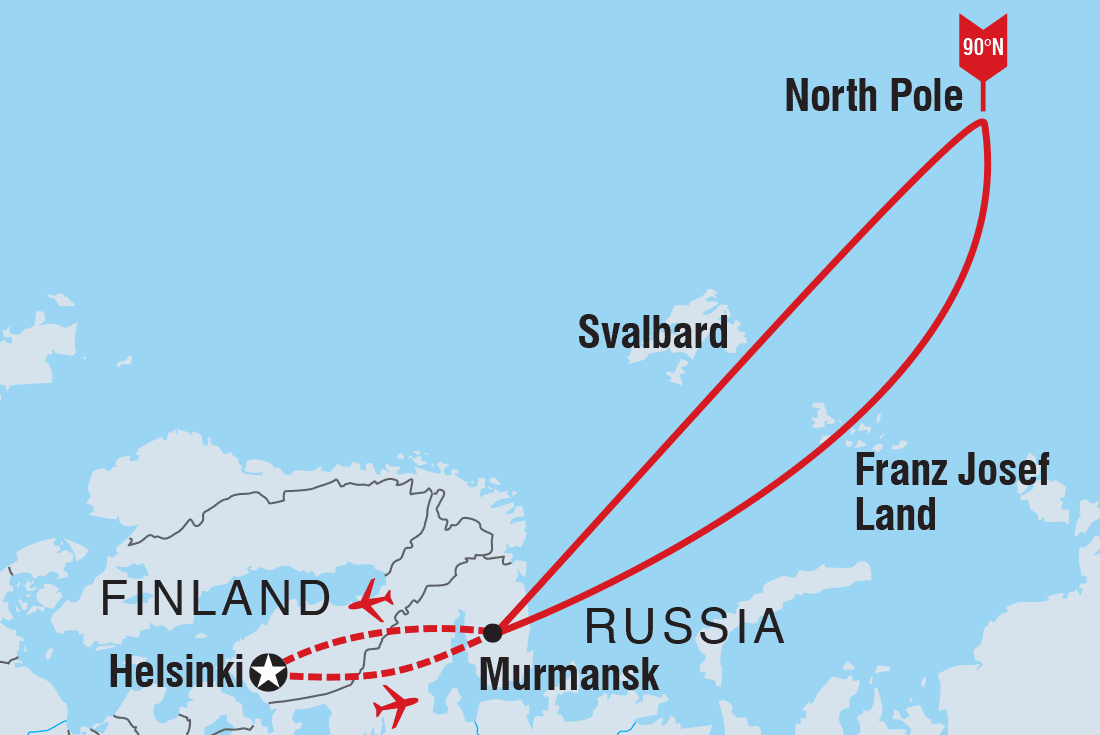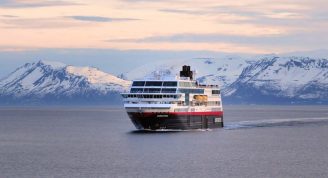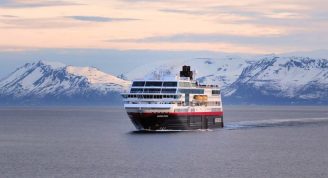Description
If there’s one place you can really feel on top of the world, the North Pole is it. Few people ever have the surreal experience of seeing the world from its northernmost point. This is one trip with a distinct goal, and the feeling of accomplishing such a rare feat is a huge rush. Witness slow-moving ice, silent, white landscapes and marvel at the heroism of those who came before you. It’s a tough voyage, but your transport is well equipped for the mission – 50 Years of Victory is the most powerful icebreaker ship in the world. Be awed as the mighty vessel crushes through ice three m thick, paving your way through the most northern reaches of the Arctic Ocean. And when it’s time to head back home, wind down with a visit to Franz Joseph Land, where a bounty of wildlife and striking natural scenery awaits.
- Feel on Top of the World and literally stand on it – reach the pinnacle of Arctic endeavours and the Earth with an expedition to 90 degrees North
- Climb aboard a ship that can go where others cannot – crush through metres of ice on the world’s largest, most-powerful nuclear icebreaker, ‘50 Years of Victory’
- Float high above the Pole on a unique, optional sightseeing hot air balloon ride
- Cruise in Zodiacs to explore remote seabird colonies, seldom-visited landing sites, and to discover historic remains from three ill-fated arctic expeditions
- Discover the Arctic Circle’s wildlife and wildflowers on Franz Josef Land



